
Nestlé has posted an increase in organic sales for the first three months of the year, as it continues to invest in growth while addressing rising commodity costs and bracing for the still “unclear” impact of US tariffs.
The Swiss food giant continues to maintain its 2025 profit margin guidance of 16%, while also warning that the situation ”continues to be dynamic, with heightened risks and uncertainty”.
“This is based on our assessment of the direct impact of current tariffs and our ability to adapt,” said CEO Laurent Freixe, adding that the first-quarter performance was “in line with expectations”.
“The indirect impacts – on consumers and customers, as well as currencies and commodity prices – remain unclear at this stage. Overall, the situation continues to be dynamic, with heightened risks and uncertainty.”
The 2.8% uptick in organic sales growth beat analysts’ forecasts of 2.5% growth, in part due to price rises, as the owner of Nescafé, Kit Kat and Häagen-Dazs hiked the price of some of its lines amid surging coffee and chocolate costs.
Read more: Nescafé continues iced coffee push with Espresso Concentrated launch
Prices across the business increased by 2.1% on average, above the expected 1.8%.
Volume sales rose by 0.7%, slightly below the expected 0.8% increase, which Nestlé attributes to the short-term impact of customers adjusting to the price increases as it looks to manage cost inflation with limited disruption.
The results also show Nestlé’s strongest growth over the three-month period to 31 March was delivered in confectionery (8.9%) and coffee (5.1%), led by the impact of the strategic price rises, with double-digit increases in some markets.
The company is expecting sales growth to continue despite the “uncertain environment”, predicting it will further improve over the year as it continues to invest in strengthening the core business and deliver on its broader growth plans.
Freixe also added that the growth was “broad-based across markets and categories”, with improving market share trends across many areas of the business, despite operating in an “environment of heightened macroeconomic and consumer uncertainty”.

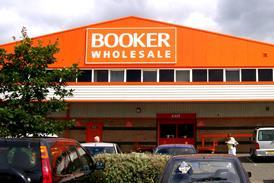
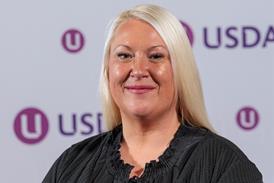
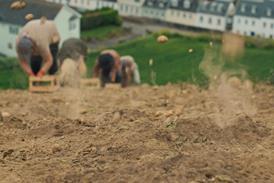
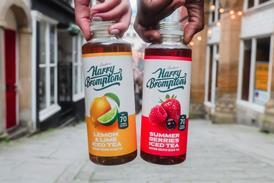





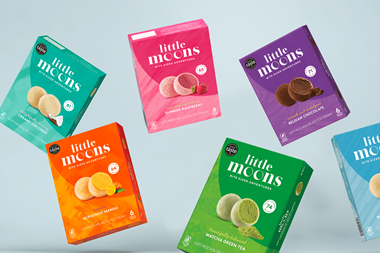

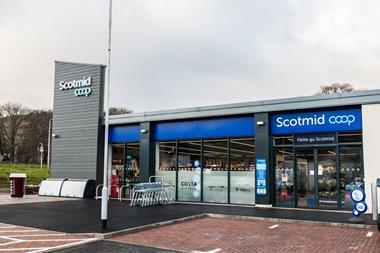






No comments yet